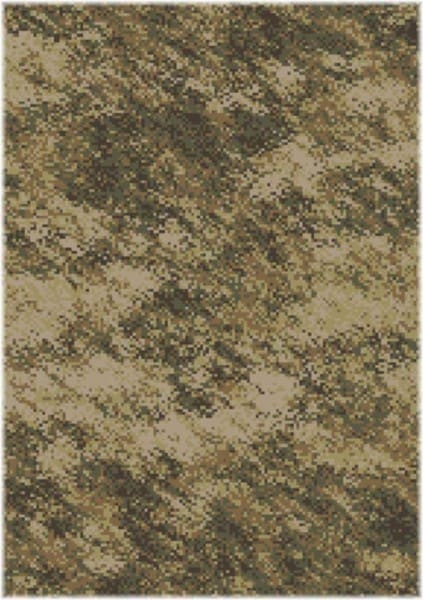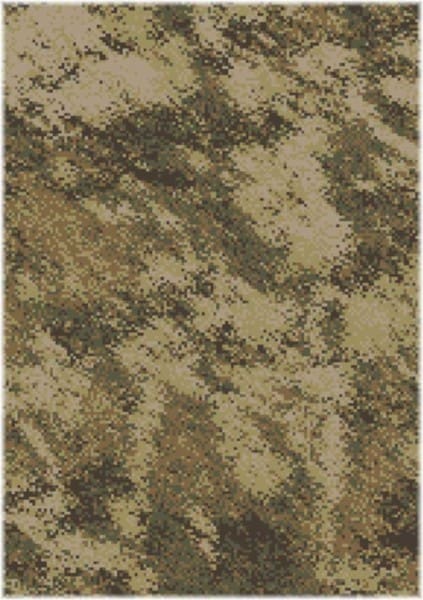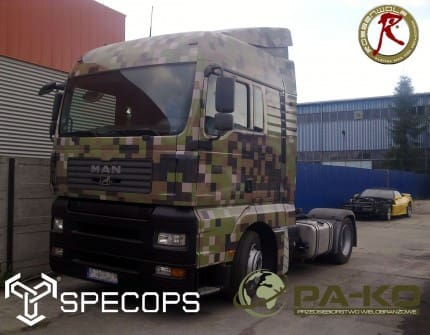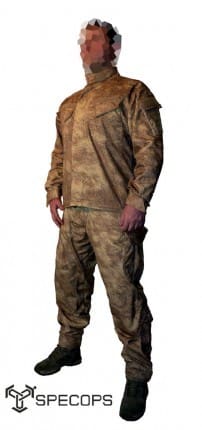We received this account of Roggenwolf’s experience in vying for the New Zealand camouflage program.
In April 2011, Roggenwolf was advised that New Zealand Defence Force [NZDF] was looking to update its DPM Combat Uniform. Part of the plan was to implement a new camouflage pattern that could work across multiple operating environments, and I was asked if I would be interested in submitting a proposal. Naturally, I was.
The final submission was received by Yakka Apparel Solutions (NZ) on 19 May. Within a week, I was told that one my camouflage designs — RyewolfR2 — would continue to the next stage. Six metres of fabric were printed, and trial garments were cut and sewn.
Recognition testing was conducted around Waiouru, in a variety of terrains: jungle, forest, open country tussock, sandy and urban. The disruptive effect of RyewolfR2 was good enough that it passed another down-select. My submission had gone from being one among 12 contenders to being one among five.
However, the colourway was not ideal. Based on feedback and photos from Waiouru, I decided that Roggenwolf’s original “Timberwolf” colourway might be a better choice. A few variations were proposed; prints and fabric were sent; garments were made; and by the end of November 2011, RyewolfR2 was running neck-and-neck with only one other design: HyperStealth’s Multi-Terrain Camouflage [MTC].
Regular visitors to Soldier Systems Daily will already know that MTC ultimately won the race. They will also know that the final selection was based on aesthetic appeal; additional testing revealed only slight differences in camouflage effect.
So I don’t feel defeated. Instead, I feel validated. Since 2006, Roggenwolf has developed camouflage solutions utilising proprietary paradigms and techniques — and now I know that my ideas work.
As a result, I’m currently looking at producing Roggenwolf Warg5U on a commercial basis.
Warg has been chosen for a number of reasons. First, it’s more widely known than RyewolfR2. Second, it’s a little easier on the eye than RyewolfR2. Most important, though, is the fact that it was specifically designed to utilise the colourway that NZDF has determined works in jungle, woodland and urban settings.




















































































































